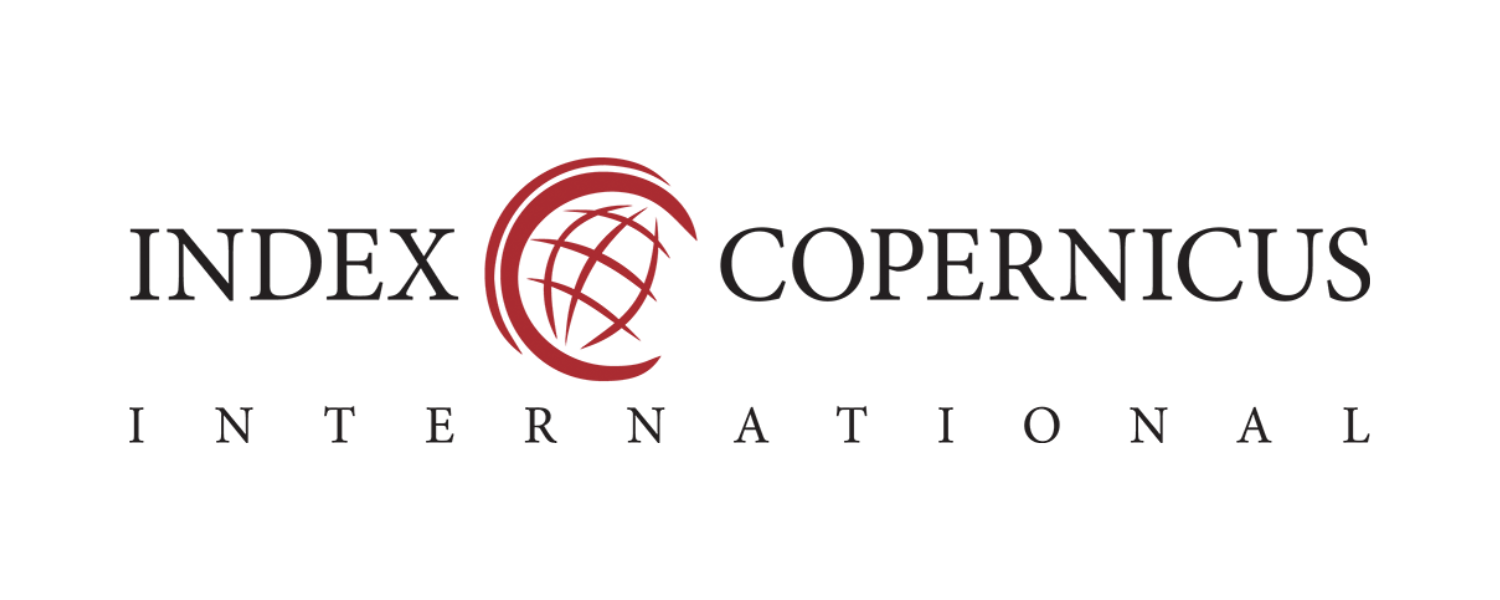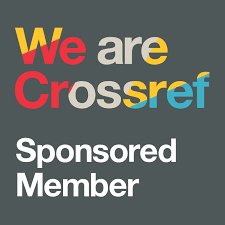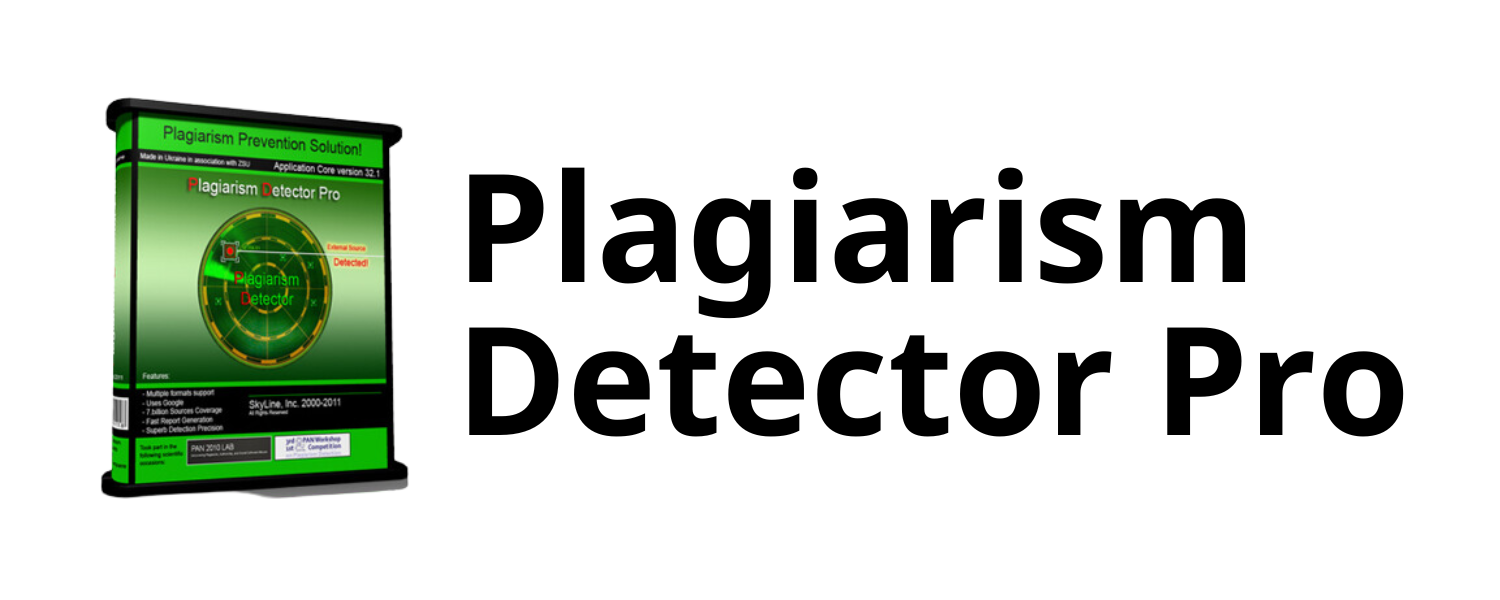Mapping Eco-Labelling Research Trends with a Bibliometric Perspective
DOI:
https://doi.org/10.58812/wsbm.v3i02.2022Keywords:
Eco-labelling, Bibliometric analysis, Sustainable development, Consumer behaviorAbstract
Eco-labelling has emerged as a vital tool in promoting sustainable consumption and production by informing consumers about the environmental impacts of products and services. Over the past two decades, the body of research on eco-labelling has expanded significantly across multiple disciplines, yet remains fragmented in terms of thematic focus and geographic collaboration. This study aims to systematically map the development of eco-labelling research using bibliometric analysis, with data sourced from the Scopus database covering the period 2000–2024. Using VOSviewer software, co-citation, co-authorship, keyword co-occurrence, overlay, and density visualizations were employed to analyze the intellectual structure, collaboration patterns, and evolving research themes. The findings reveal three major thematic clusters: consumer behavior and willingness to pay, sustainability and environmental performance, and institutional certification systems. Key contributors such as Teisl, Thøgersen, and Cashore were identified, along with leading countries including the United States, Italy, and France. The temporal analysis shows a thematic shift toward sustainable development, innovation, and climate change in recent years. This study offers a comprehensive overview of eco-labelling literature, highlights gaps in producer-side research and technological integration, and provides guidance for future scholarship and policy innovation in sustainable labeling practices.
References
[1] C. C. Erskine and L. Collins, “Eco-labelling: success or failure?,” Environmentalist, vol. 17, no. 2, pp. 125–133, 1997.
[2] M. Wojnarowska, M. Sołtysik, and A. Prusak, “Impact of eco-labelling on the implementation of sustainable production and consumption,” Environ. Impact Assess. Rev., vol. 86, p. 106505, 2021.
[3] L. H. Gulbrandsen, “Creating markets for eco‐labelling: Are consumers insignificant?,” Int. J. Consum. Stud., vol. 30, no. 5, pp. 477–489, 2006.
[4] C. Bratt, S. Hallstedt, K.-H. Robèrt, G. Broman, and J. Oldmark, “Assessment of eco-labelling criteria development from a strategic sustainability perspective,” J. Clean. Prod., vol. 19, no. 14, pp. 1631–1638, 2011.
[5] F. Rubik and P. Frankl, The future of eco-labelling: Making environmental product information systems effective. Routledge, 2017.
[6] K. Sammer and R. Wüstenhagen, “The influence of eco‐labelling on consumer behaviour–Results of a discrete choice analysis for washing machines,” Bus. Strateg. Environ., vol. 15, no. 3, pp. 185–199, 2006.
[7] A. Markandya, “Eco-labelling: An introduction and review,” in Eco-labelling and international trade, Springer, 1997, pp. 1–20.
[8] R. Gertz, “Eco-labelling—a case for deregulation?,” Law, Probab. Risk, vol. 4, no. 3, pp. 127–141, 2005.
[9] A. Mattoo and H. V Singh, “Eco-labelling: Policy considerations.,” Kyklos, vol. 47, no. 1, 1994.
[10] M. Thrane, F. Ziegler, and U. Sonesson, “Eco-labelling of wild-caught seafood products,” J. Clean. Prod., vol. 17, no. 3, pp. 416–423, 2009.
[11] R. Piotrowski and S. Kratz, “Eco-labelling in the globalised economy,” in Challenges of globalization, Routledge, 2017, pp. 217–237.
[12] N. Donthu, S. Kumar, D. Mukherjee, N. Pandey, and W. M. Lim, “How to conduct a bibliometric analysis: An overview and guidelines,” J. Bus. Res., vol. 133, pp. 285–296, 2021.
[13] N. Van Eck and L. Waltman, “Software survey: VOSviewer, a computer program for bibliometric mapping,” Scientometrics, vol. 84, no. 2, pp. 523–538, 2010.
[14] P.-C. Lin and Y.-H. Huang, “The influence factors on choice behavior regarding green products based on the theory of consumption values,” J. Clean. Prod., vol. 22, no. 1, pp. 11–18, 2012.
[15] D. Brécard, B. Hlaimi, S. Lucas, Y. Perraudeau, and F. Salladarré, “Determinants of demand for green products: An application to eco-label demand for fish in Europe,” Ecol. Econ., vol. 69, no. 1, pp. 115–125, 2009.
[16] R. E. Horne, “Limits to labels: The role of eco‐labels in the assessment of product sustainability and routes to sustainable consumption,” Int. J. Consum. Stud., vol. 33, no. 2, pp. 175–182, 2009.
[17] M. Wagner, “Empirical influence of environmental management on innovation: Evidence from Europe,” Ecol. Econ., vol. 66, no. 2–3, pp. 392–402, 2008.
[18] N. Pelletier et al., “Not all salmon are created equal: life cycle assessment (LCA) of global salmon farming systems.” ACS Publications, 2009.
[19] S. Otto, M. Strenger, A. Maier-Nöth, and M. Schmid, “Food packaging and sustainability–Consumer perception vs. correlated scientific facts: A review,” J. Clean. Prod., vol. 298, p. 126733, 2021.
[20] S. Moog, A. Spicer, and S. Böhm, “The politics of multi-stakeholder initiatives: The crisis of the Forest Stewardship Council,” J. Bus. Ethics, vol. 128, pp. 469–493, 2015.
[21] A. P. Sharma, “Consumers’ purchase behaviour and green marketing: A synthesis, review and agenda,” Int. J. Consum. Stud., vol. 45, no. 6, pp. 1217–1238, 2021.
[22] M. A. Delmas and L. E. Grant, “Eco-labeling strategies and price-premium: the wine industry puzzle,” Bus. Soc., vol. 53, no. 1, pp. 6–44, 2014.
[23] S. Dekhili and M. Akli Achabou, “Eco-labelling brand strategy: Independent certification versus self-declaration,” Eur. Bus. Rev., vol. 26, no. 4, pp. 305–329, 2014.
[24] H. W. So and R. Lafortezza, “Reviewing the impacts of eco-labelling of forest products on different dimensions of sustainability in Europe,” For. policy Econ., vol. 145, p. 102851, 2022.
Downloads
Published
Issue
Section
License
Copyright (c) 2025 Loso Judijanto

This work is licensed under a Creative Commons Attribution-ShareAlike 4.0 International License.
























 Instagram
Instagram 